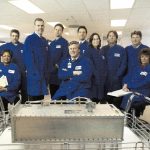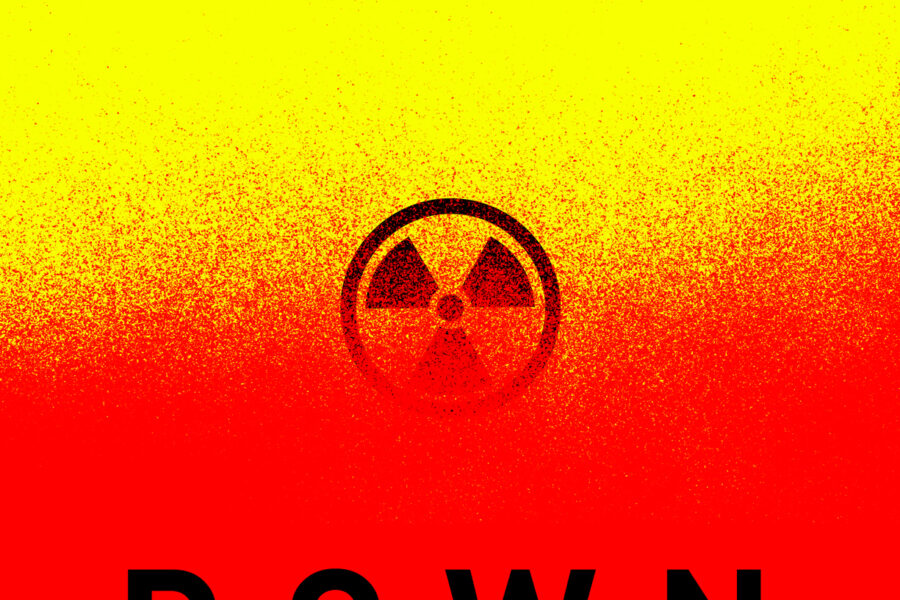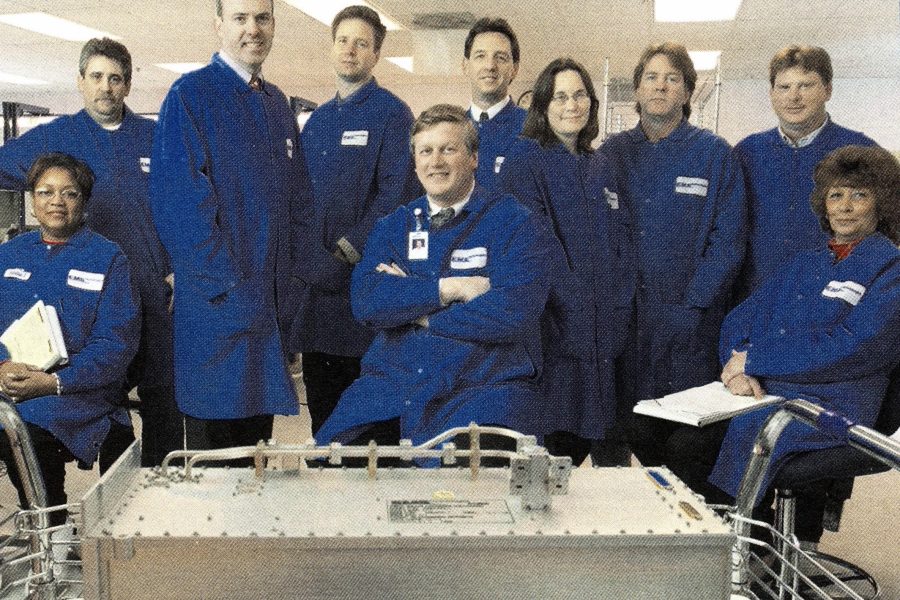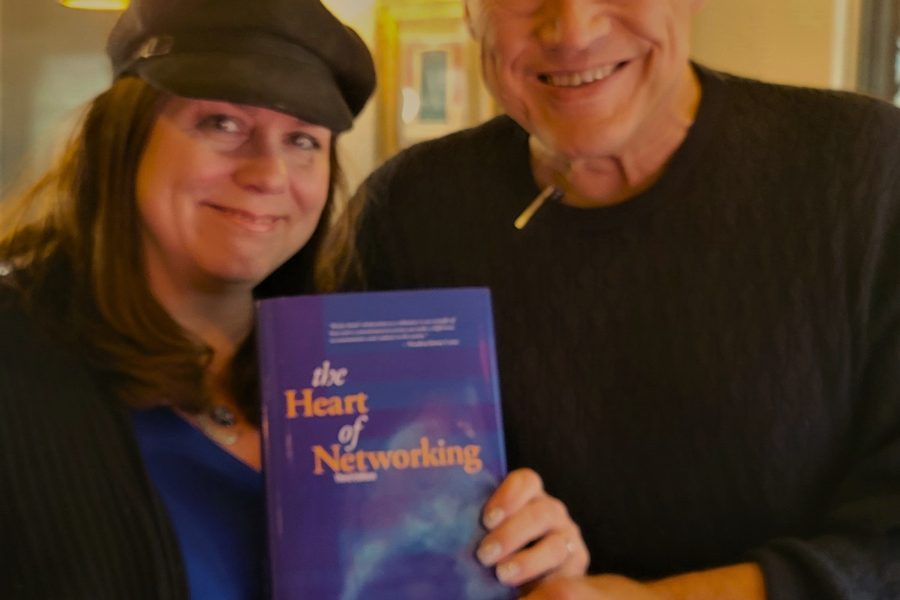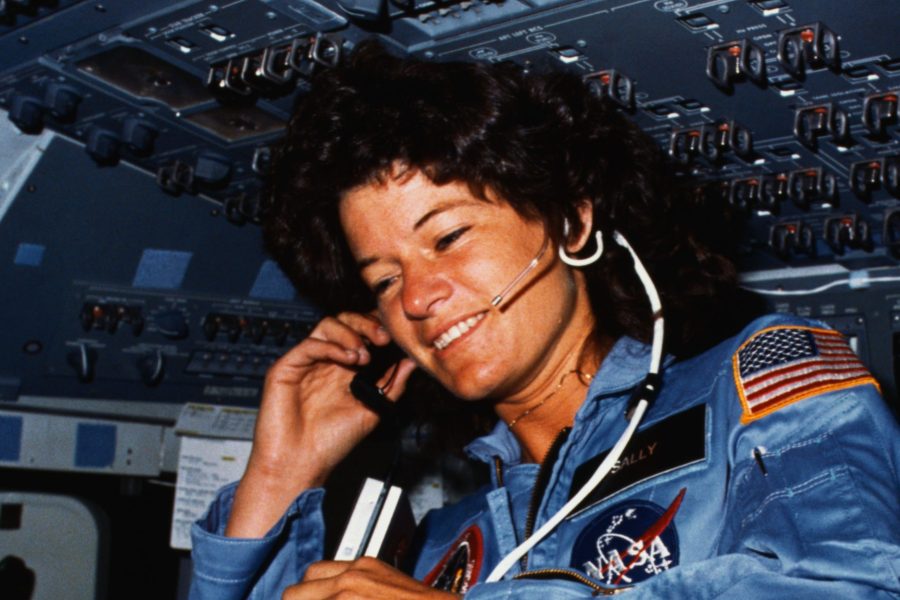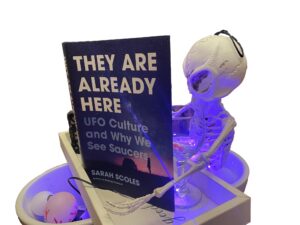
In anticipation of this year’s National Association of Science Writers (NASW) Science Writers 2025 conference next month in Chicago, I reached out to fellow NASW member and award-winning science journalist Sarah Scoles, who will moderate the “Pitch Slam” session at #SciWri25. She’s also part of the panel, “Bridging the Freelancer-Editor Divide.”
I was already a fan of Sarah’s writing. As a contributing editor at Scientific American and senior contributor at Undark, Sarah writes with clarity, covering the cultural, scientific and human sides of complex topics. She is the author of They Are Already Here: UFO Culture and Why We See Saucers, which explores how UFOs became a part of our culture, a timely topic for this space nerd, especially as Hallows Eve approaches.
One reviewer called it “part folklore study, part travelogue, part journalistic inquiry into the tale tales and snake charmers, the book is a rumination by a skeptic who sympathizes with those who want to believe but is not convinced herself.”
In February 2024, her latest book, Countdown: The Blinding Future of Nuclear Weapons, debuted, providing an inside glimpse into the people and technology shaping America’s nuclear weapons labs.
The topic of nuclear technology resonated with me personally and professionally. First, I spent nearly every summer of my childhood visiting family in Oak Ridge, my mother’s hometown and one of three primary locations for the Manhattan Project. Second, as a space and science writer, I’ve covered the nuclear industry, including chronicling Oak Ridge’s transformation into a hub for the modern nuclear industry.
Drawing on years of on-the-ground reporting, Sarah in Countdown reveals the state of nuclear weapons technology and how Los Alamos staffers, from engineers and weapons simulators to emergency operations planners, view these weapons. Many consider them an effective deterrence against another world war, but recent history has shown how their existence has not stopped atomic states’ pursuing aggression, as seen by Russia’s invasion of Ukraine in 2022. She writes: “Nukes have, in fact, been deterring a world war, making atomic states reluctant to intervene against another atomic state. In this instance, the nukes are also allowing a dictator to bully and cow some of the most powerful nations on the planet.”
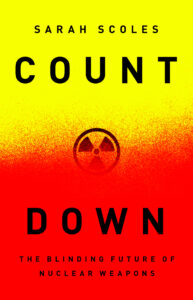
Here, Sarah shares more of her journey and motivation for writing both books, before offering advice for aspiring authors who love science.
Q: Can you describe your path to science writing?
A: I studied astronomy and physics in school, and that was what I was intending to do: be a researcher. But then at some point towards the end of my undergraduate studies, I realized I didn’t like physically doing research myself. And I was taking a fiction writing course just for fun at the time, and I thought, ‘Well, I like this…I realized there’s a whole set of jobs here that have to do with writing about science and not doing it.
Q: What inspired you to write They Are Already Here and Countdown?
A: I was writing a weekly column for Wired Magazine back in 2017 when the New York Times published this big story about a Pentagon UFO research program…I had written about the scientific search for alien life in the universe, but UFOs were for conspiracy theorists, and so I never paid attention to that part of the world. But doing my reporting…I talked to historians and anthropologists and scientists who talked about…you can think whatever you want about what UFOs are or are not, but they are an important part of our culture. I was like, ‘You know what? You’re right, and I’m curious what’s going on.’”
For Countdown, I live in Colorado, and so New Mexico, where a lot of the nuclear work takes place, was not so far away. It began when I was taking a road trip and driving through the part of New Mexico where some of the national nuclear labs are. While I was passing by these places, I thought maybe I could do some interviews. [After touring the facilities and interviewing some of the spokespeople], I wanted to know more about what the labs were really doing by talking to actual nuclear stuff. I got a sense from bothering these people at these labs for so long that nuclear weapons were more a part of our lives than you tend to think day to day. I had special access to it, so maybe I could share that with the [public] through my book.
Q: What surprised you about your research on UFOs?
A: The most interesting thing is actually some stuff that happened after I was done writing my book about UFOs when lots of federal agencies, including the Air Force, the Department of Defense and NASA started doing these data-driven programs…It seemed like a pretty big shift that you wouldn’t necessarily expect, although I guess if you look back in history, that is what tends to happen after there’s a big, big public thing…the government responds by saying, “Don’t worry about it. We’ll collect some data and take care of it.”
Q: What do you want readers to take away from Countdown?
A: Nuclear weapons didn’t go away at the end of the Cold War. They’re still a big part of international relations, and also a big part of our country, in terms of money and the people working on them. That’s the first thing — don’t forget world-ending machines are out there. I also wanted to introduce people on the outside to people who work in the nuclear complex, who I think are less different from the average person than they might think. They’re just people, too. They’re not like Dr. Strangelove. And I found their motivations and thoughts about working on this kind of science pretty fascinating, so I wanted to bring that to more people.
Q: Why do you think science writing is so important now?
A: Science is very important and touches every aspect of our lives. When you wake up, you might check the weather and get on the internet. You’re using all of this science and technology that’s around you all the time…The pandemic wasn’t good for very many things, but maybe it was good for illustrating the ways that science touches our lives…It’s all gotten more intertwined. And you know, there’s a lot going on right now with our current administration, whether it’s vaccines or environmental protections. People need reliable, accurate coverage of science, so I think it’s more important than ever.
Q: How can editors and freelancers work together more effectively?
A: An editor will sometimes think, ‘Oh, what if this story went this direction instead?’ Maybe that’s a good direction for the story to go, but you’re getting paid the same amount [whether you have to revise the draft or not]. From the editor’s perspective, how do you make sure that you and the writer are on the same page before they get started? That’s how you build good relationships that make everybody feel good and not resentful for the story.
Q: What’s your advice for science writers on how to pitch a book?
A: Before someone will give you a contract, you have to write a book proposal, which is anywhere from 40 to 70 pages, giving an overview of what your idea is, and how you plan to go about reporting on it, and also why everyone in the world will want to buy it.
The most important thing is to have a really strong story that can carry whatever topic you want to write about, which is also true if you’re writing features for a magazine —you need an event or a person who something is happening to, or something very dynamic that readers can follow like they would follow a character and a plot. It seems like, especially now, publishers really want one thing that people can grab onto.”
About Sarah Scoles
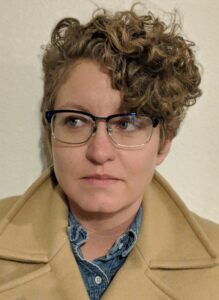 Sarah Scoles is a Colorado-based science journalist, contributing editor at Scientific American, and senior contributor at Undark. Her articles have also appeared in places like the New York Times, Wired, Popular Science, the Washington Post, Outside, and others. I am the author of the books Making Contact: Jill Tarter and the Search for Extraterrestrial Intelligence, They Are Already Here: UFO Culture and Why We See Saucers, and Countdown: Her articles have won the National Academies’ Eric and Wendy Schmidt Award for Excellence in Science Communications (2024), American Geophysical Union’s David Perlman Award for Excellence in Science Writing (2021), and the American Astronomical Society Solar Physics Division’s Popular Media Award (2019, 2020). Earlier in her career, she was an associate editor at Astronomy and a public education officer at the National Radio Astronomy Observatory in Green Bank, West Virginia.
Sarah Scoles is a Colorado-based science journalist, contributing editor at Scientific American, and senior contributor at Undark. Her articles have also appeared in places like the New York Times, Wired, Popular Science, the Washington Post, Outside, and others. I am the author of the books Making Contact: Jill Tarter and the Search for Extraterrestrial Intelligence, They Are Already Here: UFO Culture and Why We See Saucers, and Countdown: Her articles have won the National Academies’ Eric and Wendy Schmidt Award for Excellence in Science Communications (2024), American Geophysical Union’s David Perlman Award for Excellence in Science Writing (2021), and the American Astronomical Society Solar Physics Division’s Popular Media Award (2019, 2020). Earlier in her career, she was an associate editor at Astronomy and a public education officer at the National Radio Astronomy Observatory in Green Bank, West Virginia.
Learn more at: https://www.sarahscoles.com/.

